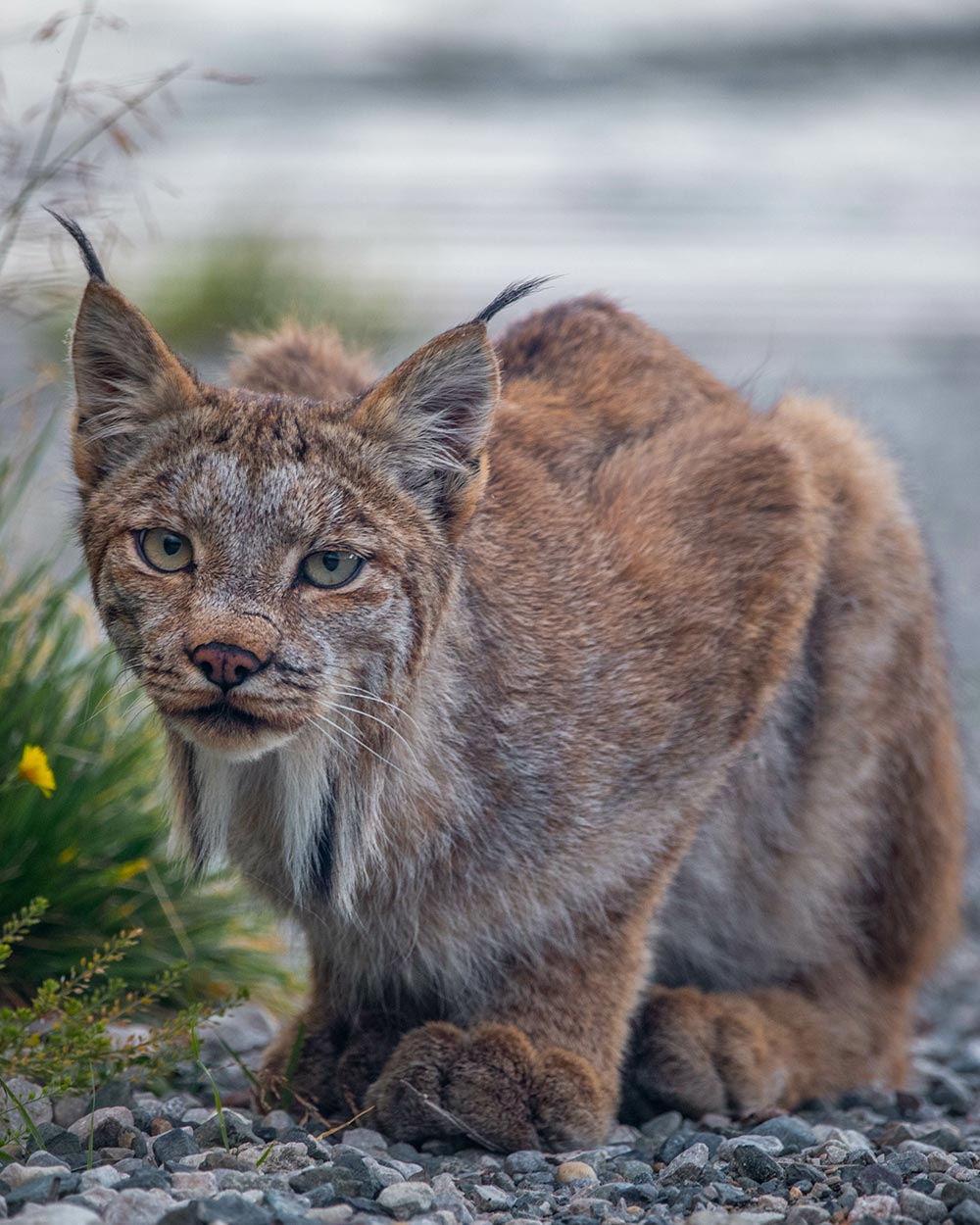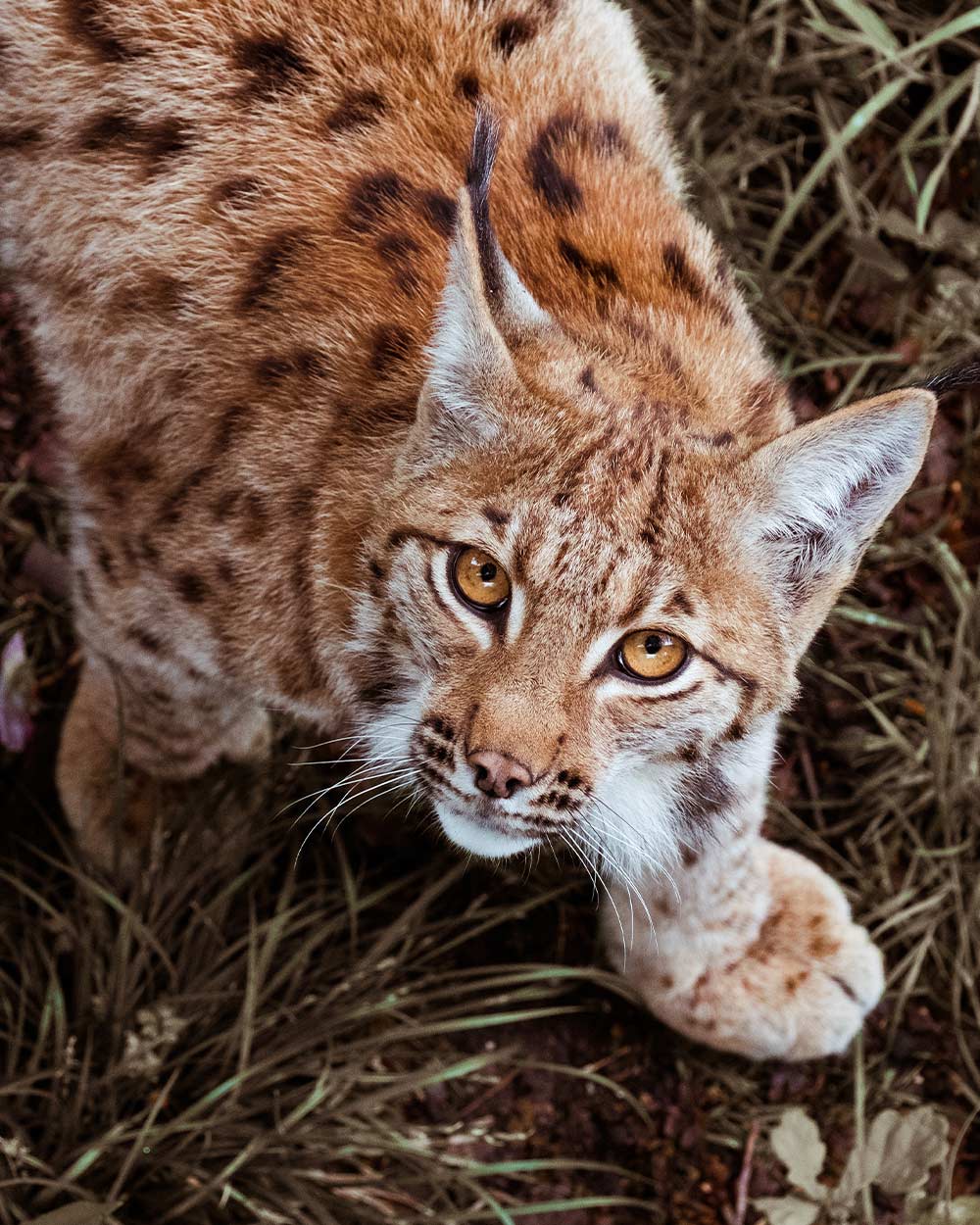Protecting the Elusive Canada Lynx: Why Minnesota's New Regulations Fall Short
Matthew Russell
Adobe Stock / slowmotiongli
A federal judge has recently ordered the Minnesota Department of Natural Resources (DNR) to stop the use of most snares in northeastern Minnesota, to prevent harm to the endangered Canada Lynx, MPR News reports.
This order comes after a lawsuit filed by the Center for Biological Diversity, which was settled through a consent decree between the two parties. The order applies to an area known as the Lynx Management Zone, which encompasses most of northeastern Minnesota, and prohibits the use of neck snares unless they are set in water or have measures in place to prevent catching and killing lynx. The use of leg-hold traps that are large enough to capture lynx is also banned.
 Photo: Adobe Stock / Scalia Media
Photo: Adobe Stock / Scalia MediaMinnesota's Lynx Management Zone encompasses most of northeastern Minnesota.
Protecting the Canada Lynx
According to the U.S. Fish & Wildlife Service, Lynx are elusive felines that live in the boreal forests of North America. They are protected by the federal Endangered Species Act, with only 50 to 200 believed to be living in Minnesota at any given time. Since 2008, the DNR has recorded at least nine lynx accidentally trapped in Minnesota, the Duluth News Tribune reports.
Canada lynx are similar in size and appearance to the more common bobcat, but can be distinguished by their large paws, long hind legs, long black ear tufts, and short black-tipped tail. Lynx primarily prey on snowshoe hares, often pursuing them through deep snow.
 Photo: Adobe Stock / hildeanna
Photo: Adobe Stock / hildeannaA federal judge has ordered the Minnesota Department of Natural Resources to stop the use of most snares in northeastern Minnesota to prevent harm to the endangered Canada Lynx.
Controversy Over Trapping Methods
The use of snares has long been a point of controversy among environmentalists and animal welfare advocates, reports Project Coyote. Opponents argue that these traps are inhumane and often catch unintended animals, leading to injuries and deaths. The Minnesota Trappers Association and other industry groups have opposed the recent consent decree, arguing that trapping is a vital part of Minnesota's heritage and economy, the Park Rapids Enterprise reports.
However, the federal judge ruled in favor of the consent decree, stating that it was "fair, reasonable, and consistent with the governing law," reports the Center for Biological Diversity.
 Photo: Adobe Stock / hildeanna
Photo: Adobe Stock / hildeannaThe use of neck snares is prohibited in Minnesota unless they are set in water or have measures in place to prevent catching and killing lynx.
The Lynx Management Zone essentially covers most of northeastern Minnesota and prohibits the use of strangulation snares unless they are set in water or have several precautions in place to prevent accidentally catching and killing lynx. Leg-hold traps that are large enough to capture lynx are also banned. These new regulations are designed to prevent the needless and agonizing deaths of these rare cats, as well as other unintended victims like dogs.
This may be a step in the right direction, but it is not enough.
 Photo: Adobe Stock / shocky
Photo: Adobe Stock / shockyTrapping can cause damage to the environment and disrupt the delicate balance of ecosystems, leading to the extinction of species and the loss of biodiversity.
Trapping is not only cruel, but it is also an inefficient and unsustainable method of controlling animal populations, Wild Earth Guardians reports. Studies have shown that trapping can actually increase populations of certain animals, as well as lead to the spread of disease.
Furthermore, it is not just the animals themselves that are affected by trapping. The use of snares and other trapping methods can also cause damage to the environment and disrupt the delicate balance of ecosystems. This can lead to the extinction of species and the loss of biodiversity, which is essential for maintaining healthy ecosystems and a habitable planet.
 Photo: Adobe Stock / Jitka
Photo: Adobe Stock / JitkaSince 2008, the DNR has recorded at least nine lynx accidentally trapped in Minnesota.
Looking Forward
The recent ruling follows a lawsuit filed in 2020, and extensive negotiations between the DNR and Center for Biological Diversity. With these new regulations in place, the risk of accidentally trapping and killing Canada lynx or other unintended victims will be significantly reduced, but the risk will not be eliminated unless the use of snares and other trapping methods are completely banned, particularly in areas where endangered species make their habitat.
The protection of endangered species is crucial for the health of our ecosystems and the survival of future generations. Sign the petition and ask the Minnesota Department of Natural Resources to ban the use of these outdated and inhumane trapping methods for good!
Matthew Russell is a West Michigan native and with a background in journalism, data analysis, cartography and design thinking. He likes to learn new things and solve old problems whenever possible, and enjoys bicycling, spending time with his daughters, and coffee.




















